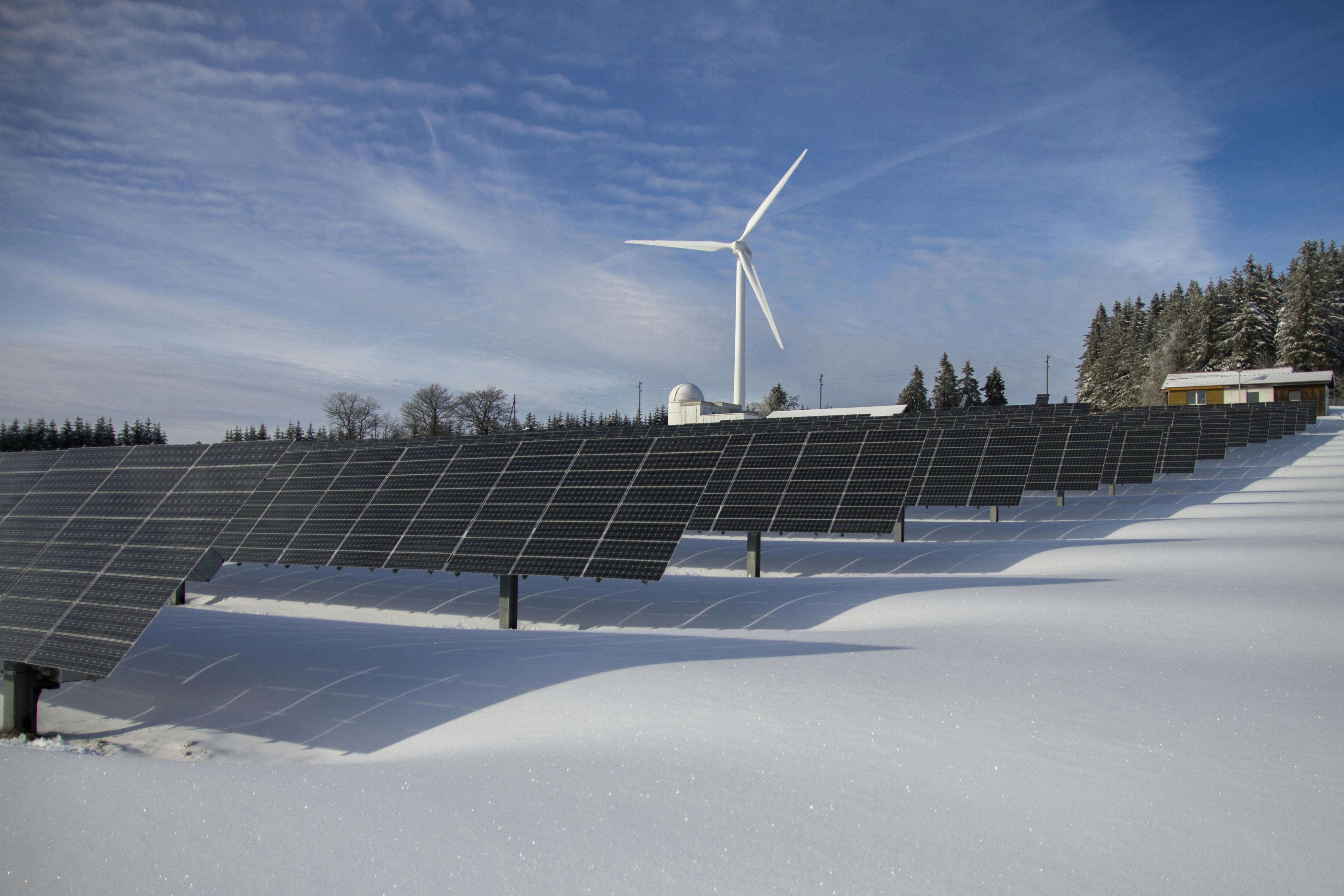Renewable energy sources and energy efficiency through EU funds
Renewable energy sources and energy efficiency through EU funds
European funds enable a wide range of investments in green technologies, not only for large systems, but also for smaller users across Croatia. Through EU funds available in Croatia, a growing number of entrepreneurs, municipalities, institutions and associations have the opportunity to directly invest in renewable energy sources and energy efficiency with a high degree of co-financing and concrete long-term savings. Given the rise in energy prices, legal obligations for decarbonization and available funds through NPOO, PKK and other programs, users in Croatia today have concrete conditions for the implementation of energy efficient projects.
Investments in renewable energy sources (RES) include systems such as solar power plants, heat pumps, energy management systems and integration into smart grids. On the other hand, energy efficiency (EE) encompasses the reduction of energy consumption through construction, technological and organizational measures: from thermal insulation and replacement of joinery, to the modernization of lighting, heating and ventilation. In both cases, the investment results in direct financial benefits, reducing CO₂ emissions and strengthening the resilience of businesses or public services.
In the case of Croatia, the most important source of co-financing is currently the National Recovery and Resilience Plan (NRRP), which supports the green and digital transition through various components. Examples include calls for investment in solar energy for entrepreneurs, energy renovation of multi-apartment and public buildings, as well as digital consumption monitoring. The Competitiveness and Cohesion Programme (CCP) is also announcing new calls for projects combining green technologies and energy efficiency in industry. In parallel, the Environmental Protection and Energy Efficiency Fund (EPEEF) regularly launches calls for co-financing of photovoltaic systems, energy renovation and educational activities.
For applicants, it is important to understand that most calls require that the DNSH criteria be met – the principle that a project must not cause significant harm to the environment. This means that the technology must be environmentally friendly, that CO₂ must be measured and proven, and that all materials and processes are in line with the principles of the circular economy. The project must be technically developed, have clear energy and emission savings indicators, and implementable activities within the given deadline. In practice, this means that the applicant must have ready technical documentation, an energy certificate (if applicable), estimates and an implementation strategy. Micro and small enterprises most often apply for projects to install solar power plants for their own needs, with the possibility of connecting to the grid. Public institutions and municipalities, on the other hand, renovate public facilities, such as schools, kindergartens and health centers, combining EE measures with digitalization of management. In both cases, a well-prepared project can achieve co-financing of up to 60–80%, and in some cases even more, depending on the area of investment and the program.
Beneficiaries most often make mistakes when they overestimate the amount of energy the project will generate, when they ignore mandatory permits, or when they fail to link the project to local development strategies in the application. Also, in multi-phase projects (e.g. RES + construction works), the lack of implementation capacity or experience with previous EU projects can be an obstacle. This is why it is crucial to rely on professional support at all stages, from planning and technical preparation, to application and implementation management.
Investing in renewable energy sources and energy efficiency is a business and development decision that brings competitive advantages, savings and security. EU funds in Croatia enable beneficiaries of all sizes to seize the opportunity for energy transition. The path to grants is timely preparation, a clearly defined goal and an understanding of what exactly each call requires.


